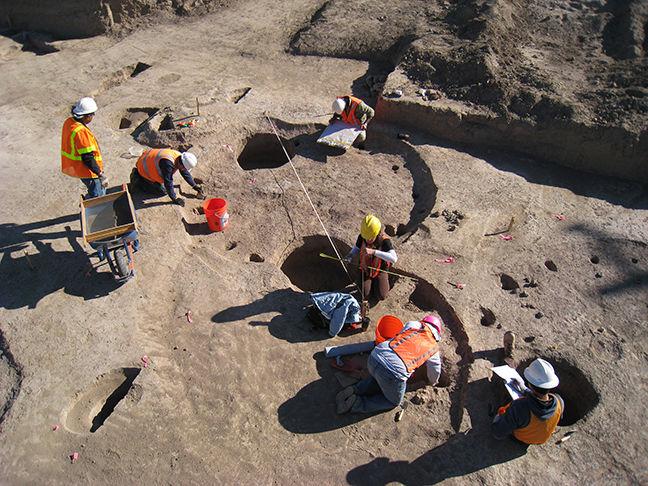The Marana News had a good story about the 10-year anniversary of the discovery of ancient irrigation canals within the Town of Marana.
It’s been a decade since the announced discovery of the Las Capas irrigation canals, the uncovering of what would prove to be the oldest documented irrigation system in North America—and an answer to how ancient farmers grew corn in an arid and cactus-filled Sonoran Desert.
It was 10 years ago that Desert Archaeology began major excavations along the east bank of the Santa Cruz River, downstream of the confluence of the Rillito and Cañada del Oro tributaries as part of an expansion of Pima County’s water reclamation facilities when they found evidence of earlier waterways.
By earlier, according to excavation archaeologist James Vint, we’re speaking of dates from the Early Agricultural period (between 1200 and 800 B.C.) through the Hohokam and Protohistoric eras.
What they found was a network of canals and fields stretching over 100 acres. According to the Society for American Archaeology: “There were more than 250 well-preserved canals of various sizes and over a thousand bordered fields in multiple stratigraphic levels occupied over a period of 800 years.”


